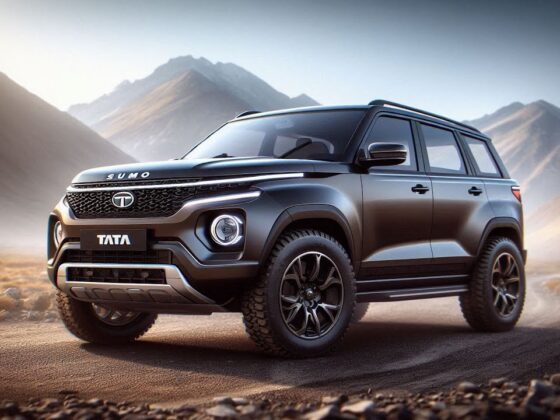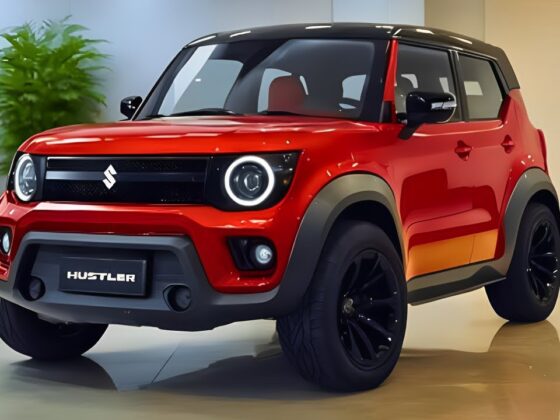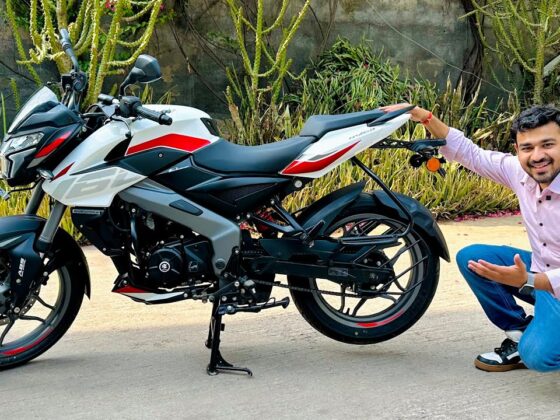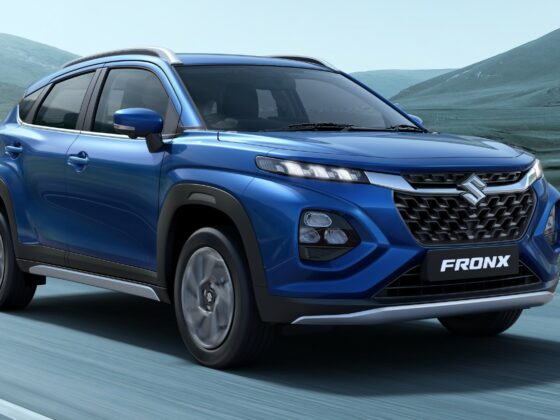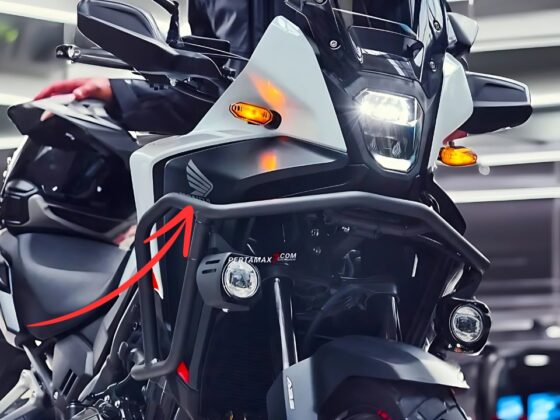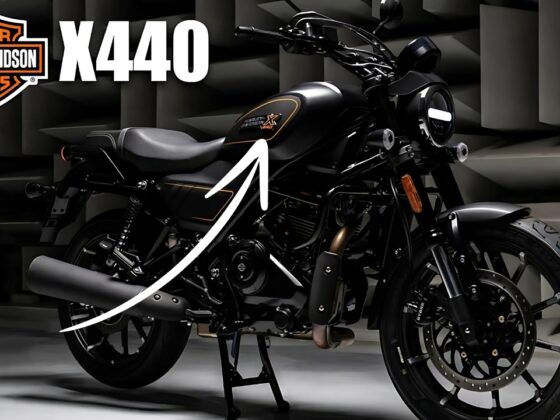Introduction
Hydrogen Fuel Cell Technology – The Essence of the Toyota Mirai
At its heart, the Toyota Mirai uses a hydrogen fuel cell system to generate electricity. The fuel cell combines oxygen from the air with hydrogen stored in high-pressure tanks to generate electricity, releasing only water (H2O) as a byproduct. Think of it as driving a car that emits pure water instead of pollutants. The technology is fascinating, and it’s clear that the hydrogen drive could offer a key solution for decarbonizing transport.
An interesting feature is the “H2O” button that allows drivers to control when and where the car releases water, avoiding unwanted drips. It’s the kind of thoughtful feature that shows Toyota’s attention to detail.
The Exterior and Interior – A Blend of Style and Functionality
The second-generation Mirai has a sleek and futuristic appearance compared to the earlier models, which closely resembled the Prius. Bright LED headlights with daytime running lights, indicators, and parking sensors add to its modern feel. However, despite having autonomous driving capabilities, one notable omission is parking assist, which seems odd given the car’s four sensors upfront and in the rear.
Inside, the Mirai features a well-designed cabin with JBL speakers, which I found surprising for an entry-level car. The car boasts clean air filters, ensuring that passengers enjoy the highest air quality. My only qualm was the limited boot space due to the placement of the hydrogen tanks. It’s a practical compromise, but one that could hinder long road trips for some drivers.
Driving the Toyota Mirai – Smooth and Silent
Driving the hydrogen-powered Mirai is a pleasant surprise. Toyota’s refinement of the fuel cell technology results in a smooth, quiet ride. Unlike traditional internal combustion engines, the Mirai feels almost ethereal in its quietness—no engine noise, just a slight whine during acceleration, which could be from the motor or hydrogen intake system. It was interesting to note that despite its futuristic technology, the car offers a driving experience very similar to high-end electric vehicles or hybrids.
The Mirai also has surprisingly responsive handling. I believe the lighter weight of the fuel cell, compared to traditional bulky battery packs in electric vehicles (EVs), contributes to the car’s excellent ride quality. This makes the Mirai a joy to drive in both city settings and on the highway.
Tech and Features
Packed with a range of advanced safety features, the Mirai includes Toyota’s ADAS (Advanced Driver-Assistance Systems). On my test drive, the lane-keeping assist and adaptive cruise control functioned smoothly, although I did notice a lack of some higher-end features like seat heating and cooling in the model I tested.
One standout feature is the 360° camera, which made parking and low-speed maneuvers hassle-free. However, I also couldn’t help but notice the large hump created by the hydrogen tank beneath the rear seats, which unfortunately limits seating capacity to just four people. Furthermore, as I mentioned earlier, the limited rear cargo space was a letdown, but one that’s understandable given the cutting-edge technology involved.
The Challenge of Hydrogen Refueling
One of the biggest challenges faced by hydrogen car owners like Mirai drivers is access to hydrogen refueling stations. On my drive to a local hydrogen refueling station, I noticed just how few there are within a reasonable distance. The process isn’t difficult or more time-consuming than filling a gasoline-powered car, but the scarcity of refueling stations remains a significant hurdle.
Additionally, the cost of hydrogen fuel has skyrocketed for some owners, which may lessen the Mirai’s appeal. Prices have jumped to around $38 per kilogram in some regions, with even the more accessible H70 hydrogen costing around $3 per kg upon my visit to the station. The limited supply chain and rising costs are definite drawbacks when compared to electric vehicles, which can be conveniently recharged at home or at widespread charging stations.
Environmental Considerations
On the environmental front, hydrogen vehicles offer a fantastic solution—at least on paper. However, the production of hydrogen (whether grey, blue, or green hydrogen) has its own carbon footprint. Green hydrogen is the cleanest, but currently not the most economically feasible in many regions. Case in point, some owners are even filing lawsuits due to the financial burden associated with hydrogen fuel’s limited availability.
While the Mirai’s zero-emissions output is a major plus, many automakers are moving toward battery-electric vehicles for a larger scale transition to sustainable transportation.
Final Thoughts: Is the Toyota Mirai the Future?
After driving the Toyota Mirai, I was truly impressed with the adoption of alternative fuels and Toyota’s commitment to reducing emissions. The Mirai provides a futuristic and smooth drive, offering features like hydrogen fuel cell technology that feel as forward-thinking as they come. However, the car’s practical drawbacks—such as limited refueling infrastructure and high fuel costs—cast a shadow over its ultimate viability in the current market.
While I appreciate the Mirai, I do wonder whether more widespread electrification will overshadow hydrogen-powered vehicles. Regardless, Toyota deserves a lot of credit for perfecting the fuel cell system and pushing hydrogen vehicles as a viable alternative to standard EVs.
Whether the hydrogen drive is a glimpse into the future or just a niche offering for eco-conscious drivers, only time will tell. But one thing is clear—the Toyota Mirai shows that there’s more than one way to drive a green future.



